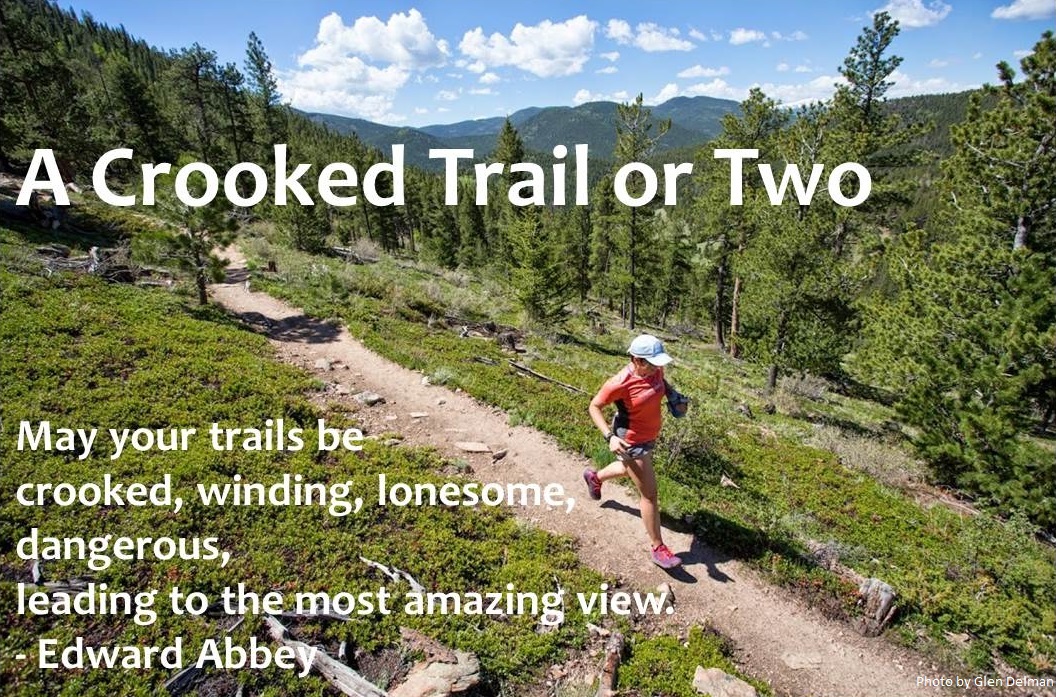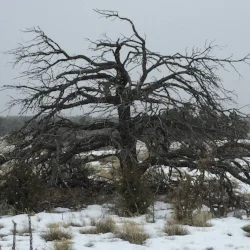Running Across a Crater on Halloween!
Halema'uma'u crater, as of this morning.
I've spent the past several days on Hawaii, the "big island," which is alive with volcanic activity. The crater at the left, Halema'uma'u, is constantly alive with molten lava, bubbling and fountaining up from within the Earth. It is considered the home of Pele, the goddess of volcanoes.
Kilauea Iki in 1959. Photo by the National Park Service.
Just this morning, I started my run by pausing to see what the lava was up to today; each day is a bit different. Which brings me to the rest of this morning's run, which took place on the Kilauea Iki Trail.
This trail circles about halfway around another crater (Kilauea Iki Crater), then descends into the crater itself. It is a run unlike any I've done before. The photo at the left shows the Kilauea Iki Crater at the end of 1959, when it looked every bit as alive as Halema'uma'u does today. Lava shot up in a huge fountain 350 meters tall (taller than the Eiffel Tower, which is "only" 275m). A lake of lava 98 meters deep swelled up within the crater, and bubbling lava rolled from the fountain to the edges of the crater like waves pounding a beach.
Kilauea Iki erupted from November 14 to December 20, 1959, at which point most of the lava drained back into the ground and the crater gradually cooled.
Today, this is what the crater looks like:
The tiny white dots toward the right half of the photo are people walking the trail. Photo by the National Park Service.
From this elevation, at the top edge of the crater, the surface appears to be smooth, and a uniform gray color. That's not what you find once you descend, as I was about to find out!
The Kilauea Iki Trail begins with a run around the top edge of the crater, through a rainforest of deep green. There are a few steps down, but for the most part the trail is rolling or flat. The only thing that reminds you of your proximity to volcanic activity are signs like this one, warning of "steam vents, earth cracks, and cliffs."
Upon reaching the bottom of the crater, especially on a rainy day like today, one becomes aware of the cracks in the crater floor, from which steam rises. It's the closest I've ever felt to being on another planet.
As you step out of the forest, onto the crater floor, it immediately becomes obvious that far from the uniform, flat surface that appeared from the crater's edge, the bottom of the crater is hilly, and the lava cooled in a huge variety of shapes.
The smooth lava, called "pahoehoe," is easy to walk on, if a bit slippery in the rain. The rough, spongy lava, called "A'a," is jagged and would really hurt if you were to fall on it. These two kinds of lava (as well as others whose names I don't know) alternate across the bottom of the crater in an incredible variety.
The other amazing thing - especially for someone from an arid climate like this Colorado girl - is that even though the crater was molten lava just 57 years ago, today there are plants living in the dried, cooled lava! Those are the flecks of green in the photo above, and in detail below.
I know the Park Service wouldn't allow a trail like this to open if it thought the crater would erupt suddenly again, but I have to admit, as I walked across the crater, noticing all the steam coming out of the warm cracks in the crater's surface, I couldn't help but be aware of the site's past, and although I took lots of photos, I didn't tarry at the bottom!
Steam rising from the crater's surface cracks.
Honestly, the best way to describe the experience, and the textures of the cooled lava, is that it was a bit like walking across the world's largest crème brûlée, after a giant spoon had thwacked the surface a few times.
Photo copyright La Cocinita de Nadia.
Am I on to something or what?!
This was a short run (under 5 miles) but one I'll never forget: the history and geology of this place, coupled with the steam vents, the diverse varieties of lava, the surreal scenery... it's truly a unique setting.
Signing off from this rainy island paradise... See you on the trail!














